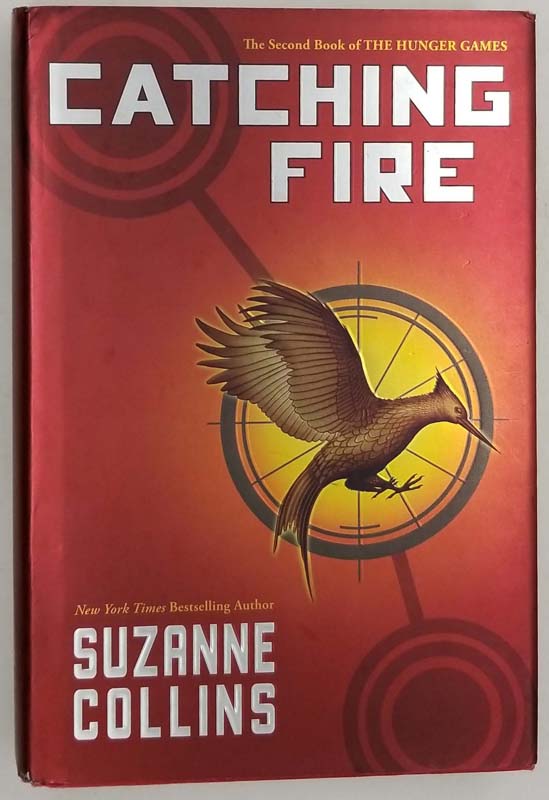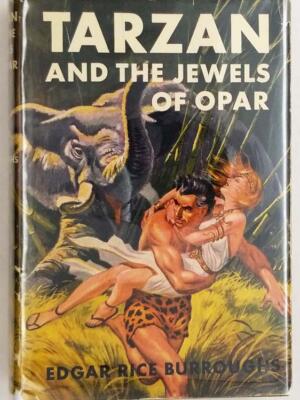Suzanne Collins’ Catching Fire, the incendiary second act of The Hunger Games trilogy, transforms Katniss Everdeen’s survival story into a catalyst for revolution. Fresh from her defiant stunt in the Arena—where she and Peeta Mellark threatened double suicide to outmaneuver the Capitol—Katniss returns to District 12 only to find her victory has made her a pawn in a far deadlier game. President Snow, his breath reeking of blood and roses, delivers a chilling ultimatum: convince Panem her love for Peeta was genuine, or watch her loved ones burn.
The novel unfolds in three relentless acts. First, the Victory Tour becomes a masterclass in psychological warfare, as Katniss’s muted gestures (a finger to her lips, Rue’s four-note whistle) ignite silent rebellions in the districts. Then, Snow unveils the Quarter Quell’s cruel twist: a Hunger Games of past victors, forcing Katniss back into the Arena alongside charismatic Finnick Odair, volatile Johanna Mason, and a host of broken champions. The new Arena—a biomechanical nightmare of blood rain and jabberjays—becomes a metaphor for the Capitol’s engineered oppression.
But the true firestorm begins when Katniss, her mockingjay pin now a rebel standard, learns of District 13’s survival and the covert network plotting Snow’s downfall. The climax—a hijacked rescue, Peeta’s capture, and Katniss’s shattered howl—leaves the revolution hanging by a thread.
“They can’t decide if I’m a weapon or a threat. So they’ll settle for both.”
The 2013 film adaptation amplified the book’s themes of media spectacle and resistance, with Jennifer Lawrence’s Katniss becoming a generation’s defiant face.





